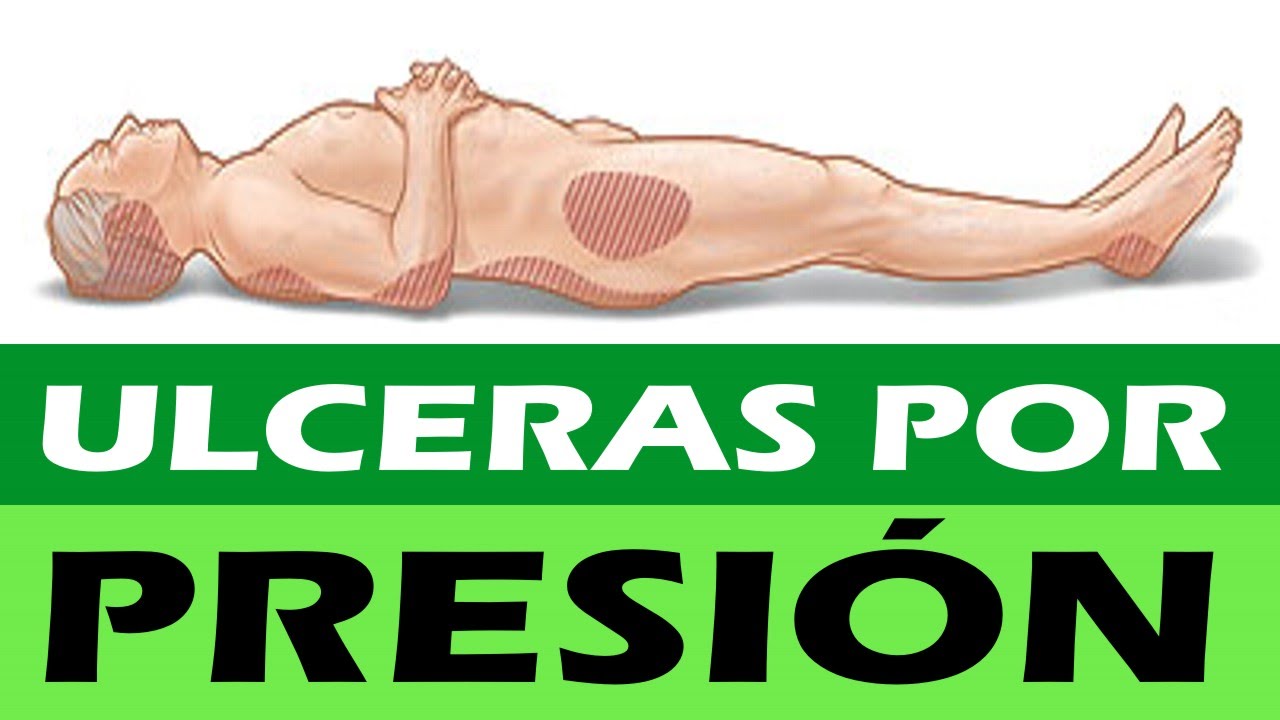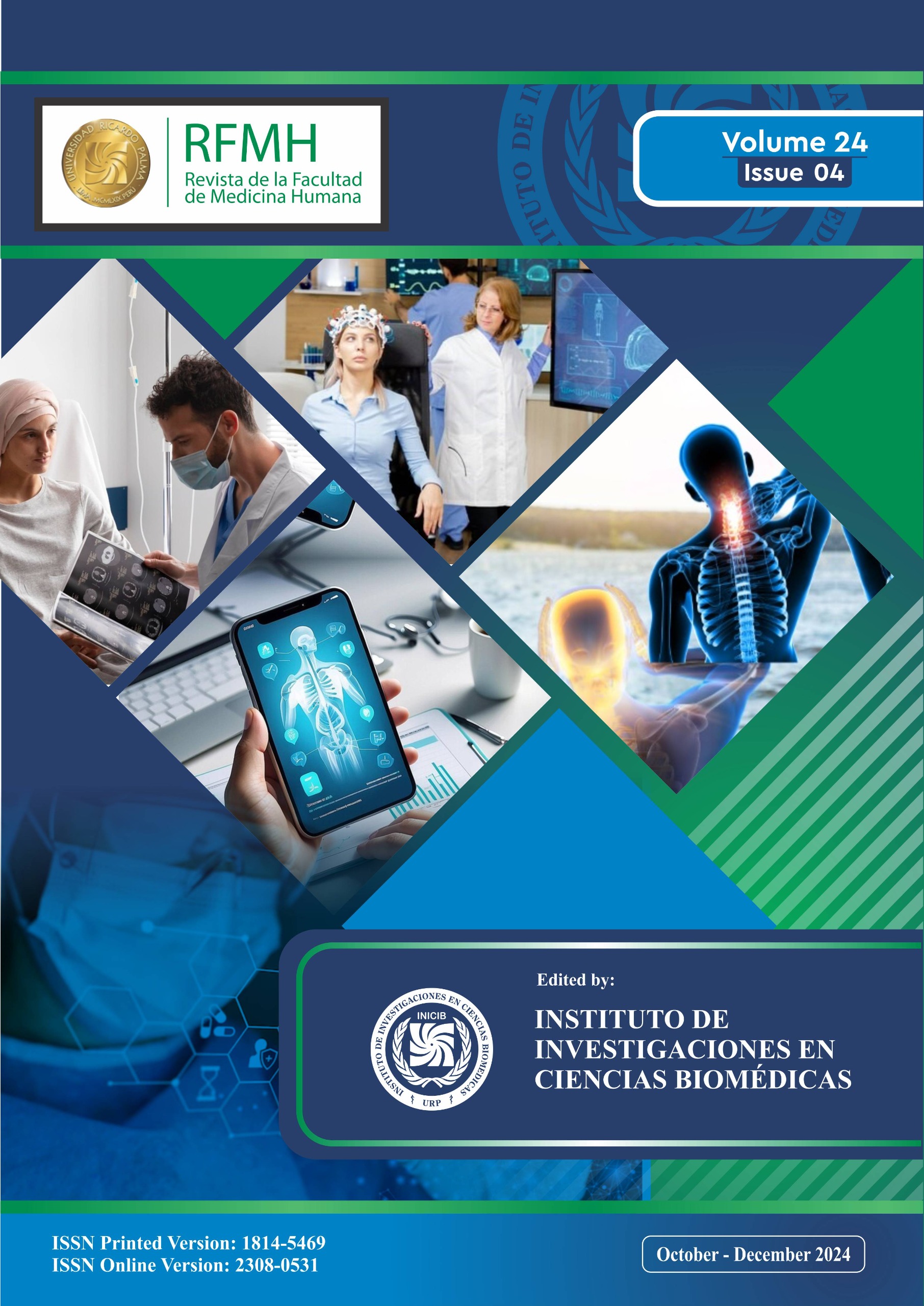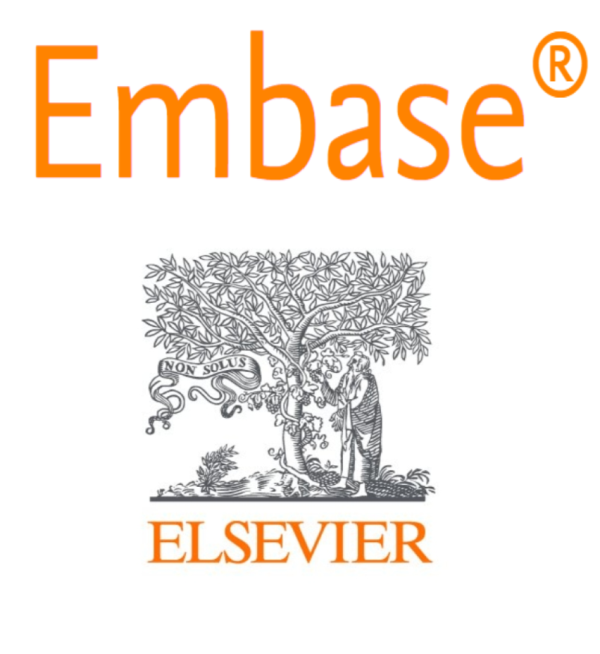Clinical epidemiological indicators associated with pressure ulcers in a hospital of Lima
Indicadores clínico epidemiológicos asociados a úlceras por presión en un hospital de Lima
Keywords:
Pressure ulcer, Hypoalbuminemia, Anemia, LymphopeniaAbstract
Objective: To determine the clinical epidemiological indicators associated with pressure ulcers (UPP) in patients of the Medicine Service of the Hipólito Unanue National Hospital during the years 2016-2017. Methods: Observational, analytical and retrospective study, based on the review of medical records. A non-probabilistic sample was obtained for convenience, calculating the odds ratio (OR), applying the 95% confidence interval and using the chi square test, with a value of p <0.05 as statistically significant. Results: For the sample, 93 patients were obtained who fulfilled the study criteria; 50.5% were male, with an average age of 68 years (+21 years), with 74.19% of the total population being older adults. The most frequent locations of UPP were at the sacral level (77%) and heel (12.9%); likewise, the most frequent stages were: II (32.3%), IV (31.2%) and III (26.9%). The presence of severe UPP was associated to: being older (OR: 3.12, 95% CI: 1.2-8.2), hypoalbuminemia (OR: 6.23, 95% CI: 1.8-21.1), anemia (OR: 4.31, 95% CI: 1.2- 14.9) and lymphopenia (OR: 3.68, 95% CI: 1.5-9). Conclusion: Elderly patients with hypoalbuminemia, anemia or lymphopenia are at greater risk of developing severe pressure ulcers, which significantly interfere with their quality of life.Downloads
Download data is not yet available.

Downloads
Published
2019-04-11
How to Cite
Chacón Mejía, J., & Del Carpio Alosilla, A. (2019). Clinical epidemiological indicators associated with pressure ulcers in a hospital of Lima: Indicadores clínico epidemiológicos asociados a úlceras por presión en un hospital de Lima. Revista De La Facultad De Medicina Humana, 19(2), 9. Retrieved from https://revistas.urp.edu.pe/index.php/RFMH/article/view/2067
Issue
Section
Original Papers
License
Copyright (c) 2019 Revista de la Facultad de Medicina Humana

This work is licensed under a Creative Commons Attribution 4.0 International License.





























